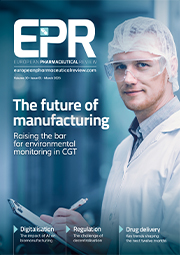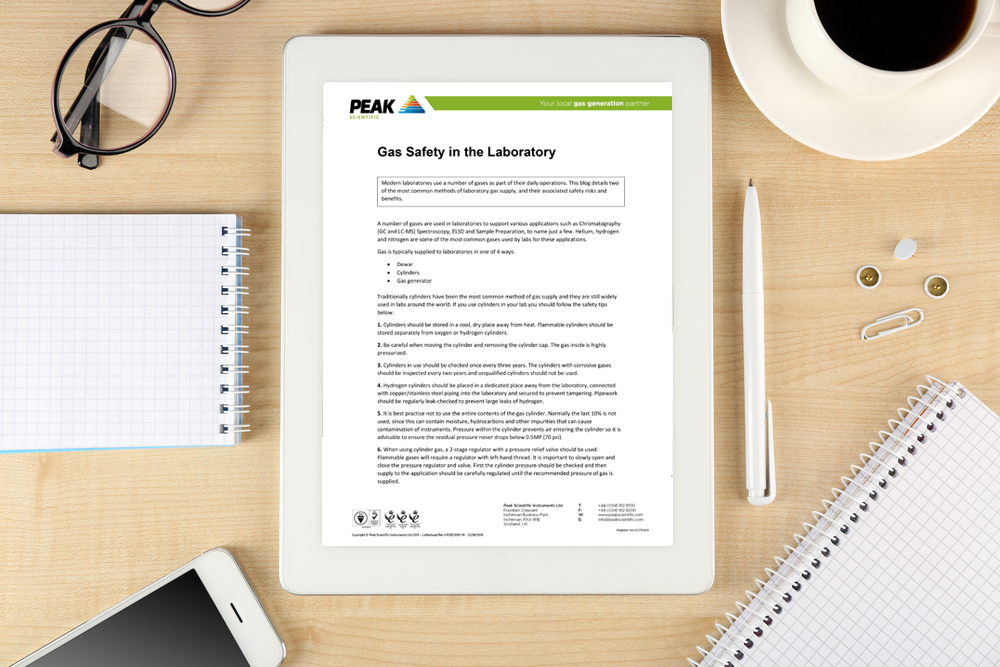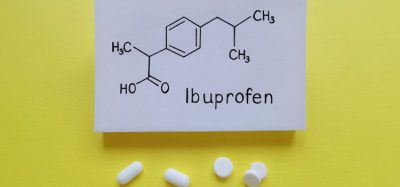Application Note: Gas safety in the laboratory
Posted: 29 August 2018 | Peak Scientific | No comments yet
Modern laboratories use a number of gases as part of their daily operations. This application note details two of the most common methods of laboratory gas supply, and their associated safety risks and benefits…
A number of gases are used in laboratories to support various applications such as Chromatography (GC and LC-MS) Spectroscopy, ELSD and Sample Preparation, to name just a few. Helium, hydrogen and nitrogen are some of the most common gases used by labs for these applications.
Gas is typically supplied to laboratories in one of 4 ways:
- Dewar
- Cylinders
- Gas generator
Traditionally cylinders have been the most common method of gas supply and they are still widely used in labs around the world. If you use cylinders in your lab you should follow the safety tips found in this application note.
The rest of this application note is restricted - login or subscribe free to access


Why subscribe? Join our growing community of thousands of industry professionals and gain access to:
- bi-monthly issues in print and/or digital format
- case studies, whitepapers, webinars and industry-leading content
- breaking news and features
- our extensive online archive of thousands of articles and years of past issues
- ...And it's all free!
Click here to Subscribe today Login here
Related content from this organisation
- Peak Scientific gas generators go mobile in Canada with Molecular Science Corporation
- Peak Scientific has launched its first high-flow hydrogen carrier gas generator. See it first at JASIS 2018!
- Application Note: Gas safety in the laboratory
- Peak Scientific reveals dedicated gas solution for MP-AES
- Peak Scientific underlines its position as the leader in nitrogen systems for single quad LC-MS with new cost-efficient Genius SQ 24
Related topics
Biopharmaceuticals, Bioprocessing, Bioproduction, Chemotherapy, Lab Equipment, Manufacturing, QA/QC, Research & Development (R&D), Spectroscopy










